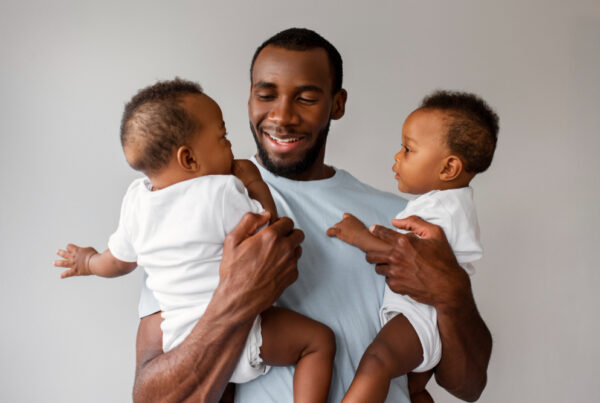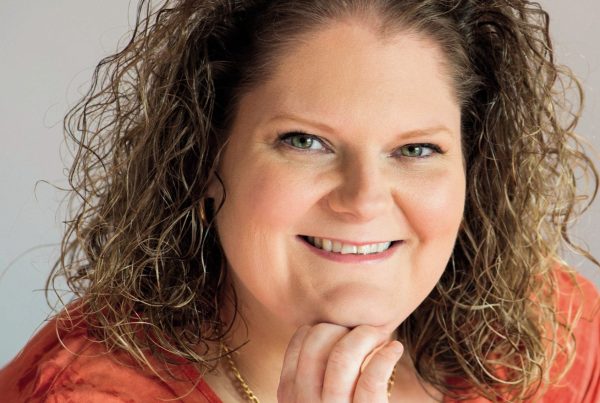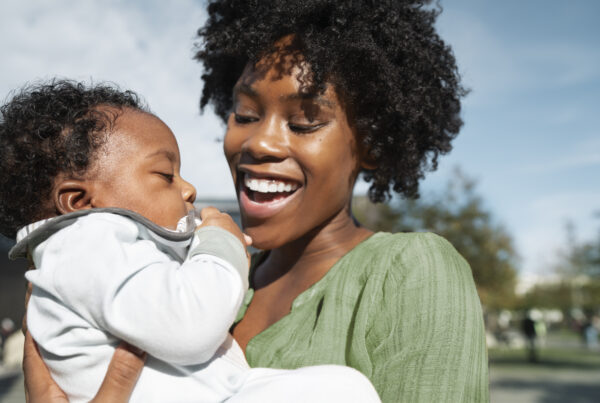Most couples seek medical advice after some years of trying to conceive, let me state that dealing with infertility can result in stress, depression, and emotional distress.
The effect of age is a critical factor in predicting success of Assisted Reproductive Techniques such as Invitro Fertilisation (IVF), even as the likelihood of becoming pregnant declines with age, but the average age of women seeking fertility treatment has steadily increased over the years, reflecting the trend of more couples starting their families later on in life.
With the realisation that around 1 in 4 couples have problems conceiving, the recommendations have far-reaching implications for fertility treatment services.
Over the years, IVF treatment has totally revolutionized the possibilities of pregnancy, as more than eight million babies have been born through the method worldwide. Although revolutionary, IVF isn’t a silver bullet for infertility. As a process it can be complicated and confusing to navigate.
To get the facts on IVF before trying to get pregnant, it is useful to know how best to prepare for your fertility future. For instance, a full cycle of IVF treatment covers ovarian stimulation and egg recovery, insemination, and embryo transfer.
The chances of getting pregnant through IVF is very high, especially when compared to natural conception. For a young healthy couple, there is usually only around a 20 percent chance of conceiving naturally in a month.
For practical reasons, it is a myth that IVF guarantees 100 percent success or that there is no hope after the first IVF failure. The fact is that the success rate of IVF is about 40-50 percent in women below the age of 35 and as the age increases, the chances of success go down because of declining quality and quantity of the ovarian reserve.
The recommendation is that women under 40, who have been trying to get pregnant for two years or more, should be offered three full cycles of IVF.
Like most women, you may expect success rates of 20-35 percent per cycle and the cumulative effect of three full cycles of IVF increases the chances of a successful pregnancy to 45-55 percent.
This is why three IVF cycles are recommended as it is both the most cost effective and clinically effective number for women under the age of 40.
One basic fact is that IVF works best when you’re younger both as a man and woman. IVF is often talked about in the context of women over 35 trying to conceive, but like all things related to fertility, your chances of getting pregnant with IVF are better the younger you are—success rates start to decline after your mid 30s. Another fact that you should appreciate is that IVF doesn’t really fix the age of your eggs, so you have to think about that early.
The best place to start is the beginning. Start with a fertility test. Whether you want to get pregnant now or wait a little longer, it’s a good idea to know where your fertility stands and proactive fertility testing is easier to access than ever.
These tests, among other things, typically measure your levels of anti-Mullerian hormone (AMH), which is a good indication of your ovarian reserves (how many eggs you have). If you have a low reserve at age 33, then you’re certainly going to have a lower reserve when you’re older. There are so many women with low ovarian reserves that go on to get pregnant naturally, but it does give you some insight into potential problems along the line.
Consider retesting yourself periodically. If your AMH test shows a high ovarian reserve and a follow-up test a year later shows a drastic drop, for example, that can be an indicator it’s a good time to talk to a fertility specialist.
IVF may not always be your first available option. Some couples opt to go for IVF even when it is not the only available option because of the higher success rates. If you are one of such couples, you should know that there is nothing wrong with that.
The reality is that many fertility specialists will like to know if you have tried naturally and for how long you have tried. It is ideal to start treatment if you have tried for 1 year naturally without results, or for 6months if you are above 35 or have a known condition like PCOS or Endometriosis that may affect your fertility.
But there are always exceptions. If, for instance, you have super-low AMH levels, low sperm count, multiple miscarriages, and a potential for certain genetic disorders, these may all influence how quickly your doctor would recommend IVF as the first go to method.
One of the biggest misconceptions about IVF is that it works right away, but the reality is that most women would ultimately need to do more than one cycle of IVF to get pregnant. The average is about two to three cycles. Even with all the revolutionary technology at the fingertips of fertility experts, there are still a lot of genetic factors that can’t be controlled.
Most IVF failures are not something that you can fix as a couple even if the woman has a good, healthy diet and exercises—those are age dependent. Even with IVF, it’s not always an easy path to pregnancy.
Some people think that IVF can be expensive, but with a proper understanding of how IVF works, proper financial planning, and making use of financing support available, you will be able to overcome any perceived financial challenge. The truth is that IVF works, and that is the bottom line.
While IVF may not be 100 percent successful, and it can take time, money, and an emotional toll on your life, it gives better odds than nature.
Factors such as body weight, smoking, drinking, and drug use can all influence the chances of getting pregnant, so standard treatment approaches include provision of lifestyle advice, specialist services and consultation, along with advice on the number of embryos transferred. This depends on age and other predictors of success, and aims to strike a balance between maximising the chances of success and minimising the risk of multiple pregnancy, which a lot of Nigerians consider as a double-blessing.





